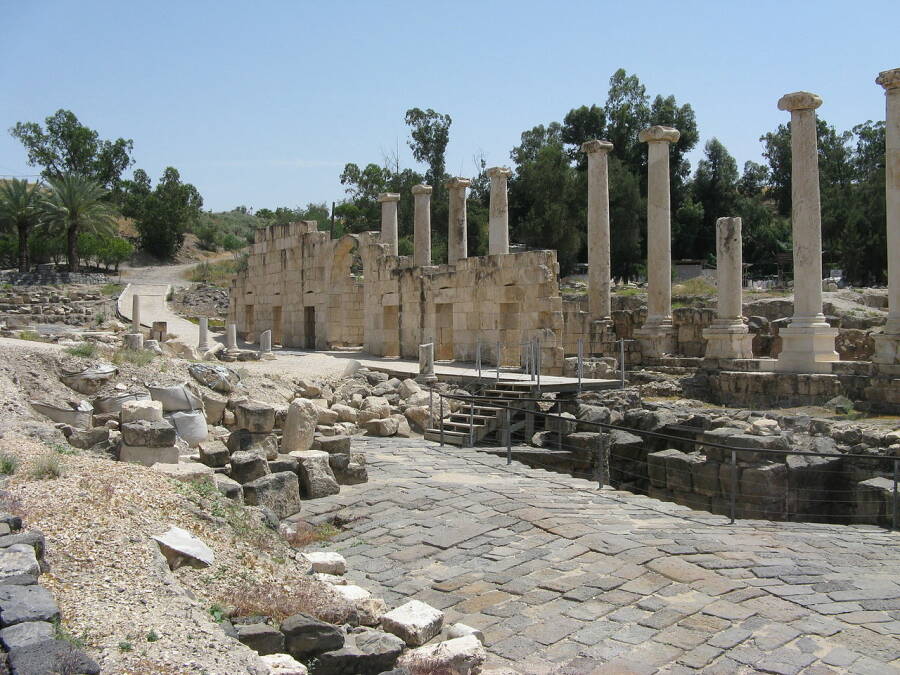
Exact time of the destruction of the ancient Scythopolis in Palestine has been determined
(ORDO NEWS) — Israeli and German archaeologists have found that the ancient city of Scythopolis was destroyed in the spring or early summer of 107 BC during the war between the Seleucid power and the Hasmonean kingdom of Judah. The work was published in the journal Antiquity.
“Greek Scythopolis was destroyed during one of the military conflicts between the Hasmoneans and the Seleucids.
The exact date of this event was not known until now, according to various estimates, it happened between 110 and 107 BC.
We found out that the city was destroyed in the spring of 107 BC,” said Achim Lichtenberger, a professor at the University of Münster (Germany), quoted by the press service of the university.
Ancient Scythopol, located on the territory of the modern Israeli settlement of Beit Shean, is one of the most ancient cities in the Middle East.
The first settlements on its territory appeared about 5-6 thousand years ago, and the earliest mentions are found in the chronicles of the 15th century BC, which tell about the conquest of the Middle East by the army of Pharaoh Thutmose III.
Subsequently, Scythopolis became one of the important regional centers of the Middle East and the subject of conflict between the Seleucid Empire and the Hasmonean Kingdom of Judah.
It was supposedly completely destroyed during one of the wars between these Middle Eastern powers at the end of the 2nd century BC, but the exact time of the siege and capture of the city by the Jewish army was not known to scientists.
History of the destruction of the city
Professor Lichtenberger and his colleagues unraveled this historical mystery during recent excavations carried out by Israeli and German archaeologists on the territory of Scythopolis.
In addition to this, scholars have studied all known Israeli and ancient chronicles in the hope of discovering in them references to the siege of the city or its destruction.
“During excavations in Scythopolis, we came across chicken bones in one of the buildings that was destroyed by the Hasmoneans.
We studied these bones and found that they contain a special bone marrow that chickens and other birds appear during spring to produce eggshells “, explained the scientist.
According to Professor Lichtenberger, archaeologists also found in the northern regions of Scythopolis a large number of snail shells of the species Helix engaddensis engaddensis, which are actively eaten by the inhabitants of the Middle East during the spring seasons.
All this, according to archaeologists, indicates that the ancient city of the Greeks was besieged and destroyed by the army of the high priest John Hyrcanus I in the spring or early summer of 107.
In favor of such a dating, as scientists note, the markings of the year of wine production on ancient amphorae found in Scythopolis, as well as Jewish chronicles, which contain a mention of “the expulsion of the inhabitants of Scythopolis on the 15th and 16th day (month) of Sivan.”
This month of the Jewish calendar corresponds to May or early June, which confirms the results of paleobiological studies, the archaeologists concluded.
—
Online:
Contact us: [email protected]
Our Standards, Terms of Use: Standard Terms And Conditions.









